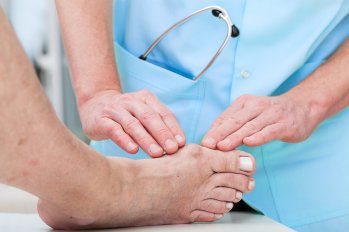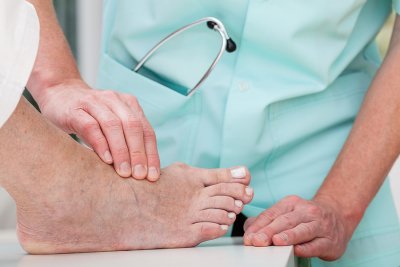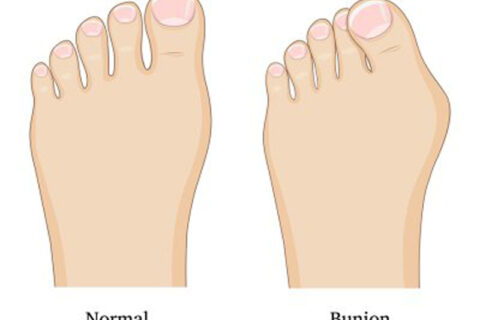The Causes, Symptoms, and Treatment of Bunions

Your feet do a lot of work, but they do not always receive the care and attention they need! Visiting a Houston area foot doctor can help you learn how to take care of your feet and spot small problems as soon as possible. This includes common foot concerns such as bunions:
Bunion Causes
It is normal for bunions to run in the family. This is due to poor foot structure that causes bunions to be passed down through different generations. But not all bunions are genetically destined to form; some are caused by certain habits, lifestyle choices, and even medical conditions. Many women get bunions as a result of wearing ill-fitting shoes with high heels and pointed toes. These shoes push feet into unnatural shapes that can cause bunions to form. Foot injuries and arthritis are also believed to cause bunions as they affect the structure of the foot and the health of the joint.
Bunion Symptoms
The most noticeable symptom of a bunion is the bump that develops around the base of the big toe. This bump can be painful and make it difficult to wear certain types of shoes. People who have bunions may also notice that their skin gets thicker around the large bunion bump. Redness, swelling, and soreness are also commonly experienced around the bunion and surrounding foot tissue. If the condition worsens, people may have a harder time moving their big toe than they did before the bunion formed.
Bunion Treatment
Some people can live with their bunions, but others require treatment to get relief. Knowing when to visit a podiatrist is important for learning how to live with a bunion. Persistent pain and decreased movement are both serious concerns, encouraging many people to seek information about bunion removal. Treatment options include wearing bunion pads, choosing the right footwear, applying ice packs, and scheduling regular appointments with a foot specialist. More serious cases may require surgical treatment to remove the bunion and restore the foot to its natural structure. Meeting with a foot doctor can help you learn more about bunions treatment options that can provide relief.

